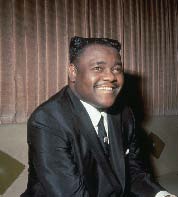Sound of Silence
There’s an exquisite serendipity to reading Carolyn Brown’s soulful new memoir recounting twenty years as a dancer with the Merce Cunningham Dance Company––from its inception in 1953––on Cunningham’s birthday (April 16, to be exact). At eighty-eight, Cunningham continues to make remarkable dances and to collaborate with composers and artists in a variety of media, all the while wondrously experimenting with new technologies and processes. It feels especially meaningful, even poignant, to look back fifty-four years to the beginning.
Chance and Circumstance: Twenty Years with Cage and Cunningham




